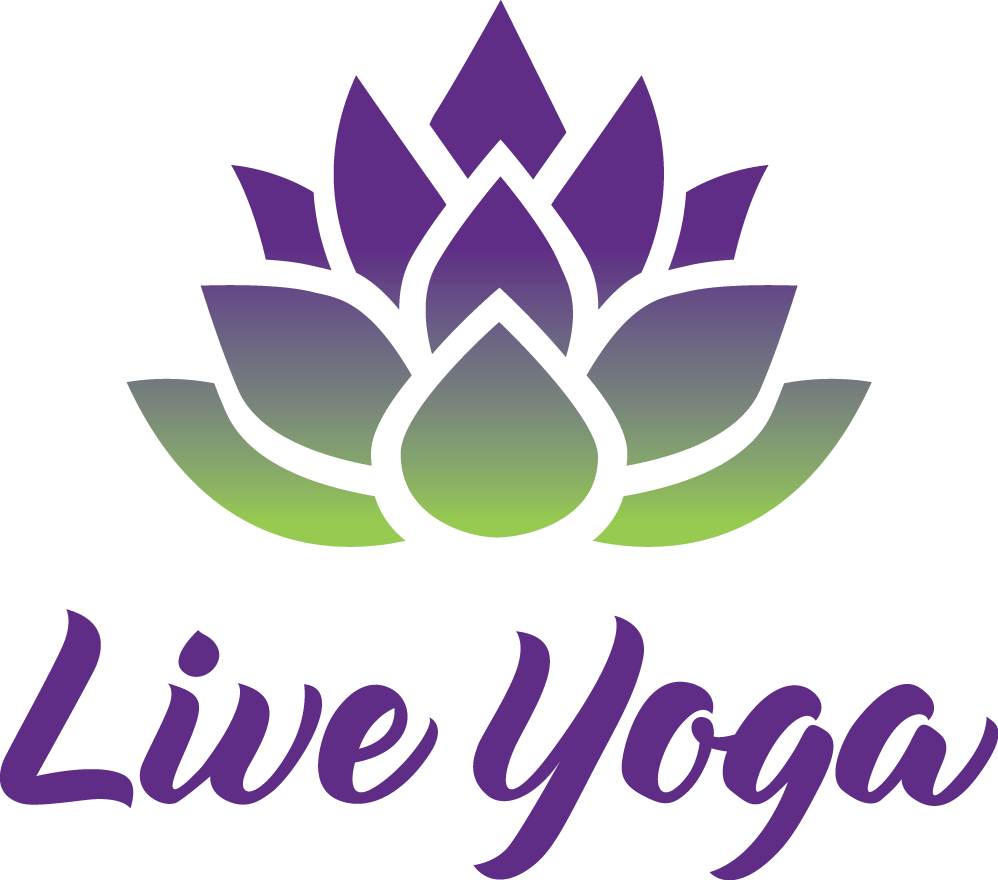What is Yoga? Exploring your Truth
by Sean O'Leary
What is Yoga anyways? This question can be answered many different ways. Before I write a 1 million page article or tangent about my perspective about yoga I would like to clear up a few things:
- I am writing this to celebrate the abundance of Yoga we have access to
- This article is not stating the best/only yoga, or spiritual path.
- Yoga, while challenging, should be enjoyable
The word Yoga can be translated to mean union or intimacy. Through different kinds of practices the goal of Yoga is to explore the connection and relationship between body (physical), mind (consciousness) and soul (universal consciousness). When we deepen the relationship and experience between these 3 aspects of our selves there is a sense of contentment.
 Balance must occur simultaneously between effort and ease in all practices.
Balance must occur simultaneously between effort and ease in all practices.
Through the intelligent awareness of body we can align ourselves into deep states of relaxation and experience profoundly calm states of consciousness without the constant chatter and fluctuation of the mind.
The nourishment and pleasure resulting from calming the mind guides us to adjust our lifestyles to experience it more often.
Everyone has heard of Yoga and its popularity has exponentially exploded into an overwhelming market. Now sold as a service Yoga is branded into different stlyes like: ashtanga yoga, power yoga, bikram yoga, iyengar yoga, sivinanda yoga, kripalu yoga, Bob yoga, Jenny yoga, and thousands and thousands more styles and brands created all the time. For the most part all of these styles focus mainly on the physical asana practice, or stretches and poses we do on the yoga mat. A small problem is some of these practices are too strenuously fitness-based or difficult in the beginning for the average person new to yoga to succeed in achieving the asanas (poses) correctly. The fruits (therapeutic benefits) of the practice are lost unless we can perform the practice with a balance of integrity, steadiness, and ease. Lost in translation is sometimes the point of yoga itself: finding a clarity in the mind.
Asana (posture) is only a small part of Yoga practice. There are many different practices. The 8 limbs of Hatha Yoga include Yama (ethical standards), Niyama (self discipline/spiritual observances), Asana (posture), Pranayama (breathing practices), Pratyahara (withdrawal of senses), Dharana (concentration), Dyana (one pointed focus/concentration), Samadhi (enlightenment/bliss). Outside of the hatha path there are other Yoga practices including Karma Yoga (yoga of selfless action/service), Bhakti Yoga (unconditional love or devotion), Raja Yoga (follows the 8 limbs of hatha yoga), Jnana Yoga (Yoga of knowledge or wisdom). Clearly there are more options for our yoga practices than just Asana (poses).
A point that must be made clear is every person is uniquely different and will need to find a practice that provides a progressive path towards physical and spiritual contentment. In other words, find a practice that is enjoyable and works.
Traditionally yoga was transmitted in a one-on-one basis. It was taught to the level, and ability of the practitioner. Although guidance is necessary to learn different practices of yoga we need to tune in what practices are working for outselves.
There is less attention paid to the more subtle experiences of yoga practice like states of consciousness and movement of energy.
The practice of asana is generally a starting point to prepare a student to sit comfortably to experience the state of his/her consciousness.
Join us on Friday, Feb 7 for our Dharma Night discussion about “What is yoga?” See you there!
